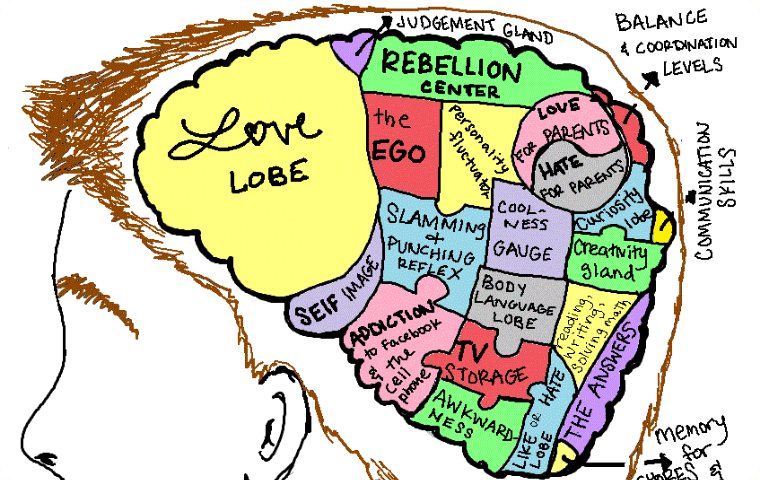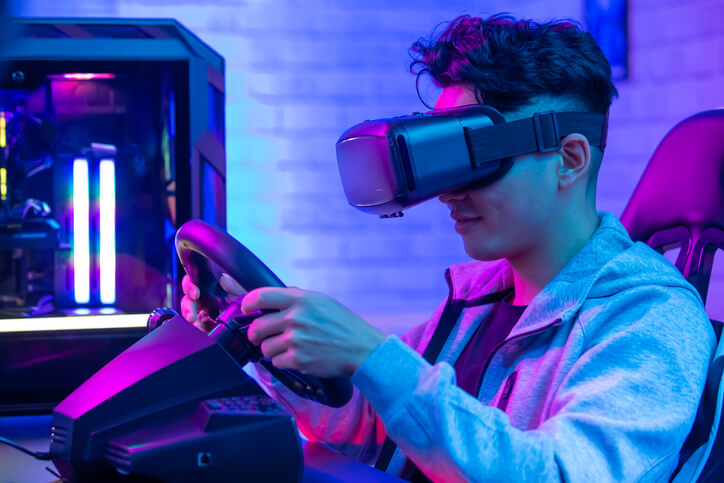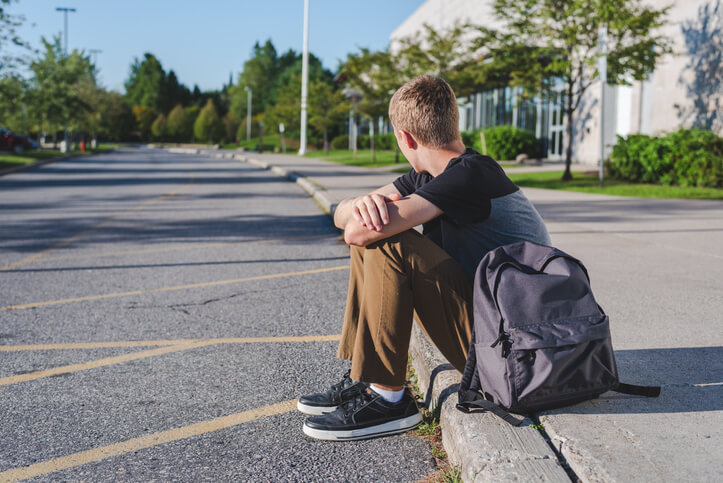If you’re the parent of a teen who is learning to drive, chances are you haven’t thought much about your own driving habits in a very long time. And that can create a great learning opportunity for both of you!
Since the day your children started sitting forward-facing in their car seats, you’ve been modeling driving behavior for them. Since actions speak louder than words, we all know how our genetic units watch us and eagerly point out our flaws and contradictions.
Now that your teen is learning how to drive, you might be wondering—
- What bad driving habits do I have?
- How can I be a better role model for my teen?
- How can I be a better driving coach for my teen?
What Are My Bad Driving Habits and How Can I Be a Better Role Model?
Research shows that nearly 80 percent of us think we’re above-average drivers and that it’s other people on the road who are more dangerous. This disconnect is called cognitive dissonance, and it happens to everyone. Our kids see through this dissonance, and now is a terrific time to get honest and see how you can improve together!
Here are some of our worst driving habits—and what we can do about them:
- Using our smartphones. And that includes even hands-free or Bluetooth mode, because it’s the mental distraction that keeps us from paying full attention to our surroundings. Don’t be tempted to talk, text, watch videos, or respond to messages while driving—not even once. If your teen sees you using it, it’s very likely they will too. Silence the phone and put it away somewhere so you can’t see or hear it, and you’re not tempted to reach for it. If you must use it for navigation, stay vigilant that you don’t use it for anything else while the car is moving.
Experienced drivers usually don’t realize how automatic driving is for them
- Not putting on our seatbelts. Seatbelts are often the single most important factor in whether a person will be seriously injured or killed in a crash. Even the advanced airbags in our modern vehicles won’t work properly if people aren’t wearing their seatbelts.
- Speeding and disregarding posted speed limits, especially in extra-hazardous areas like schools, road construction zones, and residential neighborhoods.
- Hurrying. Instead of rushing (usually just a mindless habit), slow down and properly look for and communicate with others, especially when you leave a parking spot, make a turn, change a lane, or back out. And that means watching for all road users—bicyclists, pedestrians, motorcyclists—not just other drivers.
- Not checking your mirrors often enough. All your vehicle’s mirrors are critical tools to help you stay situationally aware, but we don’t use them often enough. Check them every 10 seconds and sometimes more often, especially the rear-view one. Why? So we know what’s going on behind us and can anticipate problems rather than just react to them. This awareness also helps us plan escape routes when something unexpected happens.
- Driving distracted —especially at the wrong times. Distraction is anything that takes your mind away from actively observing, anticipating, planning, and executing the tasks of driving. This could mean using your smartphone, eating, fiddling with vehicle buttons and technology, playing overly loud music, interacting with passengers, getting drowsy, using GPS, and even daydreaming. Some activities are more distracting than others and should never be done while driving (like texting or talking on a phone). Others, like reaching for a button on the dashboard or talking to someone in the front seat, can be done safely in certain situations, but not when changing lanes or driving in a parking lot.
- That said, distraction (especially mind-wandering) happens every day in all our activities, and we must be realistic about it. That’s why it’s not enough to just tell your teen, “Don’t be distracted!” What matters most is understanding why it’s important to stay vigilant and how to keep our attention focused on the driving task at hand.
- Letting our emotions take over. When we get angry, anxious, sad, or impatient, we may speed up, slow down, or follow too closely. We may try to swerve around or cut off others, get revenge, or even “teach someone a lesson,” all of which can be extremely dangerous. Remember that, like it or not, you’re the person from which your child will most likely learn about what’s acceptable behavior behind the wheel—for a lifetime.
- Driving when impaired. Obviously, that means driving after consuming alcoholic drinks, but it also applies to marijuana and more powerful substances—legal and illegal. And don’t forget that many prescription drugs affect alertness and reaction times behind the wheel, especially if we’re taking multiple medications.
- Relying on vehicle technology to take the place of paying attention. Many modern vehicles have advanced driver-assistance systems, or ADAS, that partly automate the driving process or offer extra safety protection (such as automatic emergency braking systems, lane departure warnings, lane-keeping, and variable cruise control). These systems have limitations and should never be relied upon as a substitute for paying attention, keeping ample following distances, properly checking blind spots, and applying other good driving practices. They’re wonderful backup safety nets that do help prevent collisions—but they’re just that, nothing more. And, in spite of what such a system might be named (like Tesla’s Autopilot), no consumer vehicle is truly self-driving yet.















